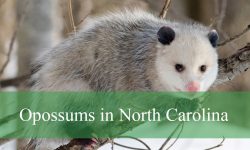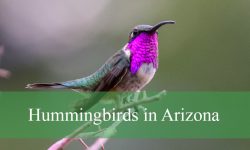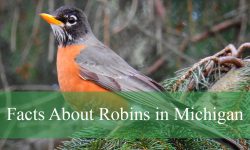Blue jays are among the most recognizable and charismatic birds in North America, famous for their vibrant blue feathers and intelligent behavior. When most people think of blue jays, the iconic Eastern Blue Jay often comes to mind.
However, in California, the story is quite different. The state is home to two distinct species that are related to or resemble blue jays but are unique in their own right. These birds belong to the genus Aphelocoma and are commonly referred to as scrub-jays.
This article will explore the two types of blue jays in California — the Western Scrub-Jay and the Island Scrub-Jay — highlighting their identification, behavior, habitat, and fascinating facts.
Understanding Blue Jays and Their Relatives
Before diving into the two species found in California, it is important to clarify what exactly a “blue jay” is. The true Blue Jay (Cyanocitta cristata) is a striking bird native to eastern and central North America, known for its loud calls, crest, and complex social behavior. This bird is mostly absent in California except for rare vagrant sightings. Instead, California’s blue jay-like birds belong to a related group called scrub-jays (Aphelocoma spp.).
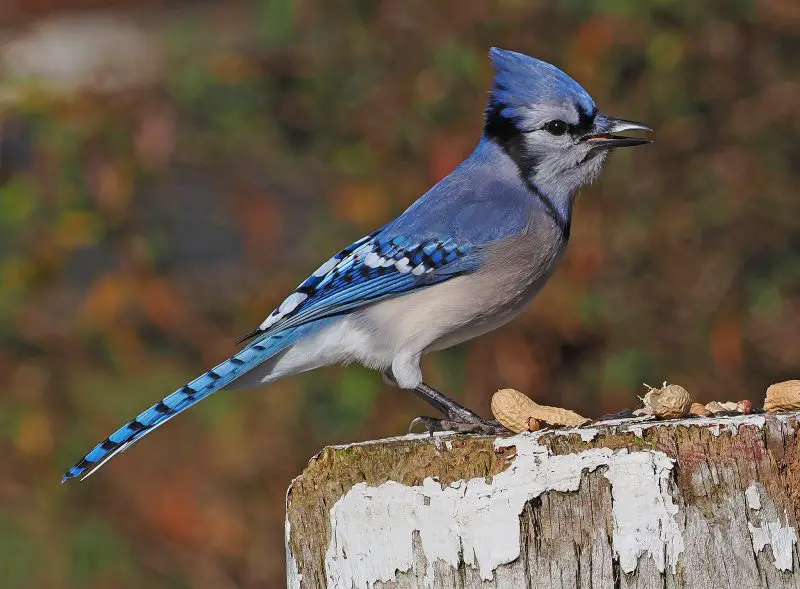
Scrub-jays share many characteristics with blue jays, such as their bright blue plumage and intelligence, but they differ in several aspects, including habitat preference, behavior, and vocalizations. These differences reflect adaptations to the diverse ecosystems of California and nearby regions.
Western Scrub-Jay (Aphelocoma californica)
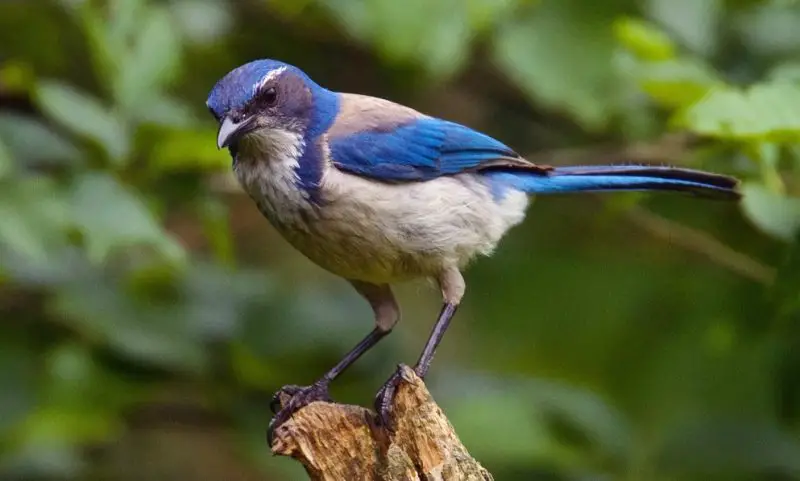
Identification and Physical Characteristics
The Western Scrub-Jay is the most widespread and commonly seen “blue jay” in California. Its plumage features a brilliant blue head, wings, and tail, contrasted by a soft gray back and buff-colored chest. Unlike the crested Eastern Blue Jay, the Western Scrub-Jay has a smooth, rounded head without any crest, which gives it a sleeker appearance.
Adult Western Scrub-Jays typically measure between 11 to 12 inches in length, with a wingspan of about 15 to 17 inches. Their long tail and sharp bill make them agile and effective foragers. Juveniles often display duller colors, and their feathers gradually brighten after their first molt.
Behavior and Diet
Known for their curiosity and intelligence, Western Scrub-Jays exhibit complex social behaviors. They are territorial birds that often form pairs or small family groups, especially during the breeding season. These birds are vocal and produce a variety of calls ranging from harsh, raucous notes to softer whistles.
Western Scrub-Jays are omnivorous and opportunistic feeders. Their diet includes acorns, seeds, fruits, insects, and occasionally small reptiles or bird eggs. Remarkably, they have an impressive ability to cache food items for later consumption, hiding them in various locations and remembering these spots for months.
Habitat and Range
This species is highly adaptable and occupies a wide range of habitats across California. From oak woodlands and chaparral to suburban parks and gardens, the Western Scrub-Jay is a common sight. Its ability to thrive in human-altered landscapes has made it one of the state’s most familiar blue-colored birds.
Western Scrub-Jays are year-round residents throughout much of California, with some slight variations in distribution depending on local climate and food availability. They often build nests in shrubs or low trees, choosing locations that offer both cover and visibility.
Interesting Facts
One of the most fascinating behaviors of the Western Scrub-Jay is its relationship with oak trees. They play a vital ecological role by dispersing acorns, which they collect and bury. Many of these cached acorns germinate into new trees, supporting forest regeneration. This mutualistic interaction highlights the jay’s importance beyond being just a beautiful bird.
Western Scrub-Jays are also known for their boldness around humans. They can recognize individual people and may approach to snatch food, showing remarkable problem-solving skills. Their playful and inquisitive nature makes them popular among bird watchers and backyard enthusiasts.
Island Scrub-Jay (Aphelocoma insularis)
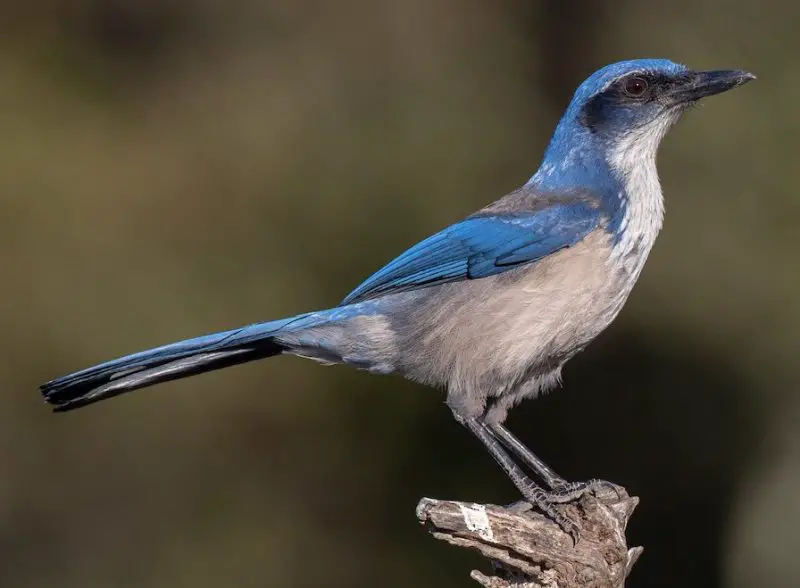
Identification and Physical Characteristics
The Island Scrub-Jay is a unique species endemic to Santa Cruz Island, one of California’s Channel Islands. It is the only scrub-jay species restricted to an island environment in the United States. Compared to the Western Scrub-Jay, the Island Scrub-Jay is slightly smaller and displays a more uniform blue-gray coloration, with less contrast between the head and body.
The feathers are a muted blue-gray overall, lacking the bright buff or white chest typical of its mainland relatives. Its bill is stout, and the bird has a somewhat stockier build. Adult Island Scrub-Jays measure about 10 to 11 inches long, with a similar wingspan to the Western Scrub-Jay.
Behavior and Diet
Like its mainland cousin, the Island Scrub-Jay is highly intelligent and social. It exhibits territorial behavior but tends to form larger groups, especially outside the breeding season. This bird is known to be wary of humans, likely due to less frequent contact compared to the Western Scrub-Jay.
The Island Scrub-Jay’s diet primarily consists of acorns, insects, and native fruits. Due to its island habitat, its food sources are somewhat limited compared to mainland jays, which has led to some specialized feeding behaviors. It also plays a critical role in dispersing native plant seeds, helping maintain the fragile island ecosystem.
Habitat and Range
Restricted to Santa Cruz Island, the Island Scrub-Jay inhabits oak woodlands, chaparral, and coastal scrub habitats on the island. Its entire population is confined to this relatively small area, making it one of the rarest jay species in North America.
Conservation efforts on Santa Cruz Island have been vital in protecting the habitat of this endemic bird. The removal of invasive species and habitat restoration have helped stabilize and increase the jay’s population in recent years.
Interesting Facts
The Island Scrub-Jay’s isolation has led to distinct genetic and behavioral differences from the Western Scrub-Jay, warranting its classification as a separate species. Its unique evolution offers scientists valuable insight into island biogeography and speciation.
Because it exists only on Santa Cruz Island, this jay is a symbol of the island’s natural heritage. Visitors to the island often seek to spot this rare bird, which contributes to ecotourism and awareness about preserving native species.
The True Blue Jay (Cyanocitta cristata) and Its Absence in California
It is worth noting that the true Blue Jay, well-known throughout eastern North America, is largely absent from California. This bird is famous for its vibrant blue color, distinctive crest, and loud calls. Though there have been very rare sightings of Blue Jays in California, these are considered vagrant occurrences rather than established populations.
The absence of the true Blue Jay in California is likely due to habitat preferences and geographical barriers. The scrub-jays that dominate California have filled similar ecological niches but have adapted differently to the diverse environments found west of the Rocky Mountains.
Comparing the Two Blue Jays in California
Appearance Differences
The Western Scrub-Jay stands out with its striking blue head, wings, and tail contrasting with a gray back and warm buff chest. It lacks a crest, which gives it a sleek profile. The Island Scrub-Jay, by contrast, has a more muted and uniform blue-gray coloration without distinct chest markings.
Behavior and Vocalizations
While both species are intelligent and social, the Western Scrub-Jay is bolder and more frequently interacts with humans. Its calls tend to be varied and loud, including harsh squawks and softer whistles. The Island Scrub-Jay is more reserved and cautious, with vocalizations that are generally softer and less varied, reflecting its isolated island life.
Habitat and Distribution
The Western Scrub-Jay’s adaptability has allowed it to occupy a wide range of habitats across mainland California, including urban and suburban environments. The Island Scrub-Jay’s range is limited solely to Santa Cruz Island, where it depends on the conservation of specific habitats like oak woodlands.
Conservation and Ecological Importance
Both species play vital roles in their ecosystems, particularly through seed dispersal and pest control. The Western Scrub-Jay’s habit of caching acorns contributes significantly to oak forest regeneration, while the Island Scrub-Jay supports the health of Santa Cruz Island’s native plant communities.
Despite the Western Scrub-Jay’s common presence, it faces threats from habitat loss due to urban development and wildfires. The Island Scrub-Jay, due to its restricted range, is more vulnerable to environmental changes and invasive species, requiring ongoing conservation efforts.
Bird enthusiasts can help by protecting natural habitats, planting native trees, and supporting conservation initiatives focused on these charismatic birds.
How to Identify and Observe Blue Jays in California
When trying to spot these birds in the wild, look for the bright or muted blue feathers against contrasting chest colors. Listen for their distinctive calls, which can help locate them even when hidden in dense foliage.
The Western Scrub-Jay is often seen in suburban backyards, parks, and open woodlands during daylight hours. The Island Scrub-Jay requires a visit to Santa Cruz Island and a bit of patience to observe, but it rewards bird watchers with a rare glimpse of island wildlife.
Using binoculars and field guides can enhance the experience and help differentiate these species from other birds with blue plumage.
Frequently Asked Questions About Blue Jays in California
Are Western Scrub-Jays and Island Scrub-Jays closely related?
Yes, both belong to the genus Aphelocoma and share a common ancestor, but they have evolved separately due to geographic isolation.
Can I find true Blue Jays in California?
True Blue Jays (Cyanocitta cristata) are extremely rare in California and are generally considered accidental visitors.
What is the best time to see these birds?
Spring and summer are ideal as birds are most active during the breeding season, but Western Scrub-Jays can be seen year-round.
Do these birds make good backyard visitors?
Western Scrub-Jays are common in backyards and can be attracted with feeders offering nuts, seeds, and fruits. The Island Scrub-Jay is wild and not found outside its island habitat.
Conclusion
California’s avian landscape is enriched by two fascinating “blue jays”: the widely distributed Western Scrub-Jay and the rare, island-restricted Island Scrub-Jay. Each species brings unique colors, behaviors, and ecological roles that highlight the state’s natural diversity.
Understanding these birds not only deepens appreciation for California’s wildlife but also encourages support for habitat conservation efforts. Whether you’re an avid bird watcher or just curious about your local feathered neighbors, the stories of these blue jays offer a window into the remarkable adaptations of nature.


